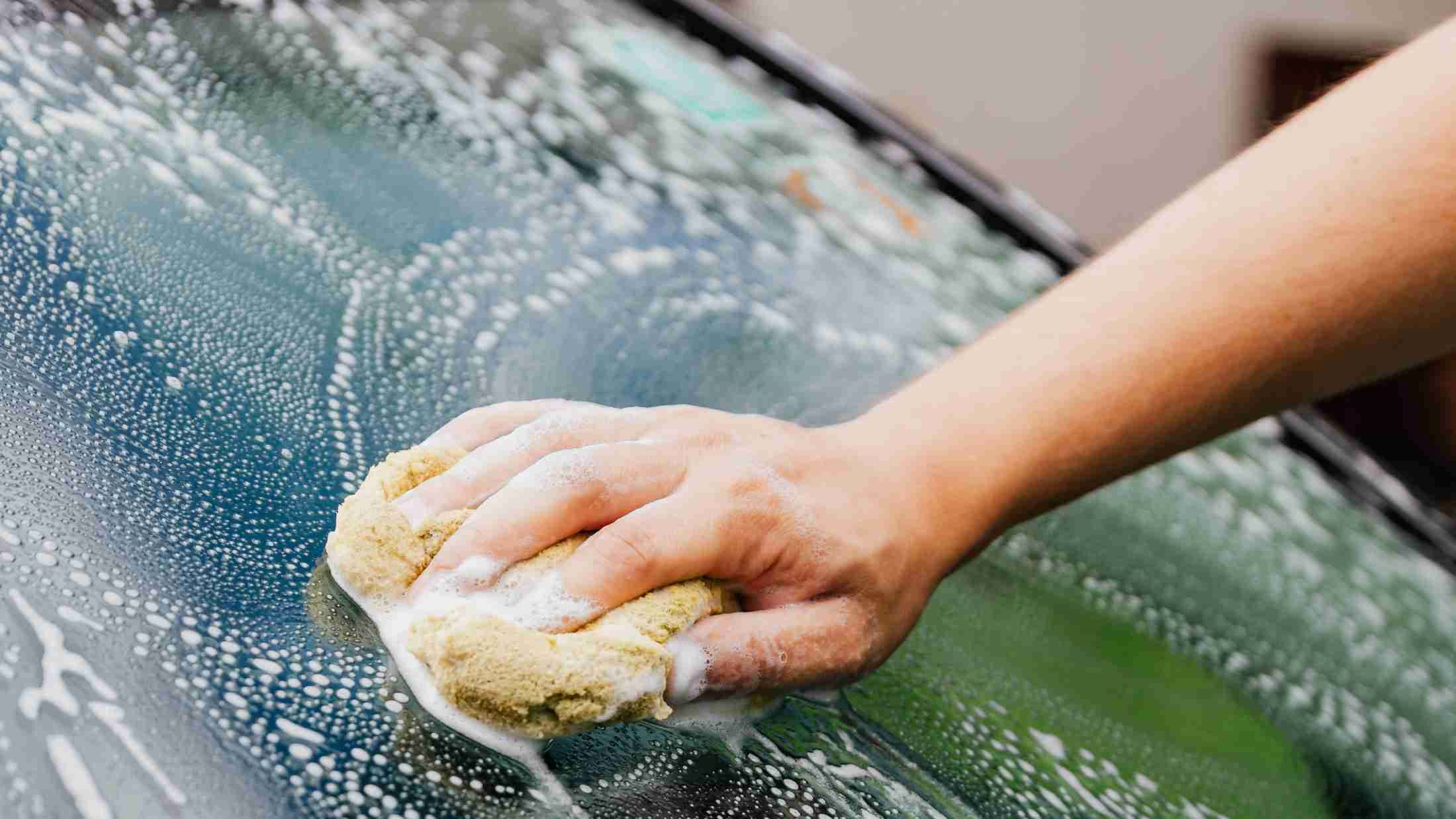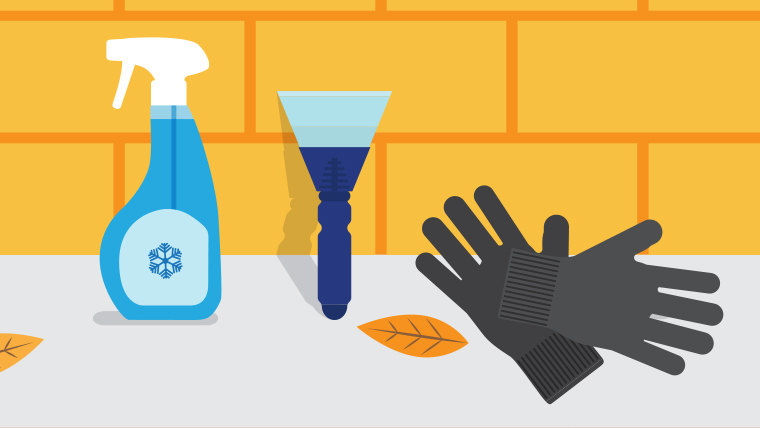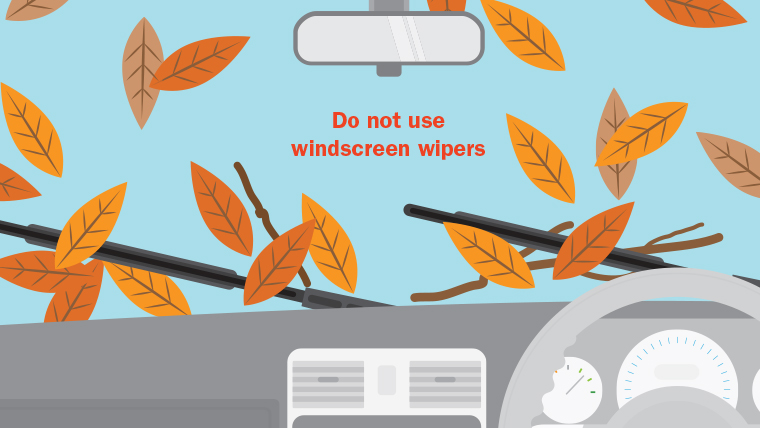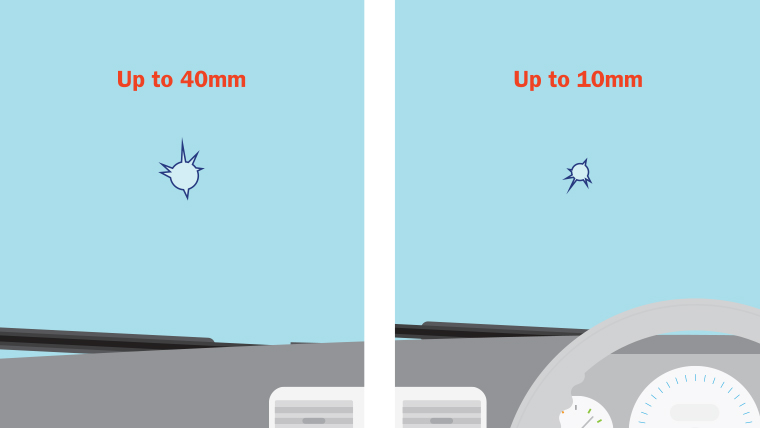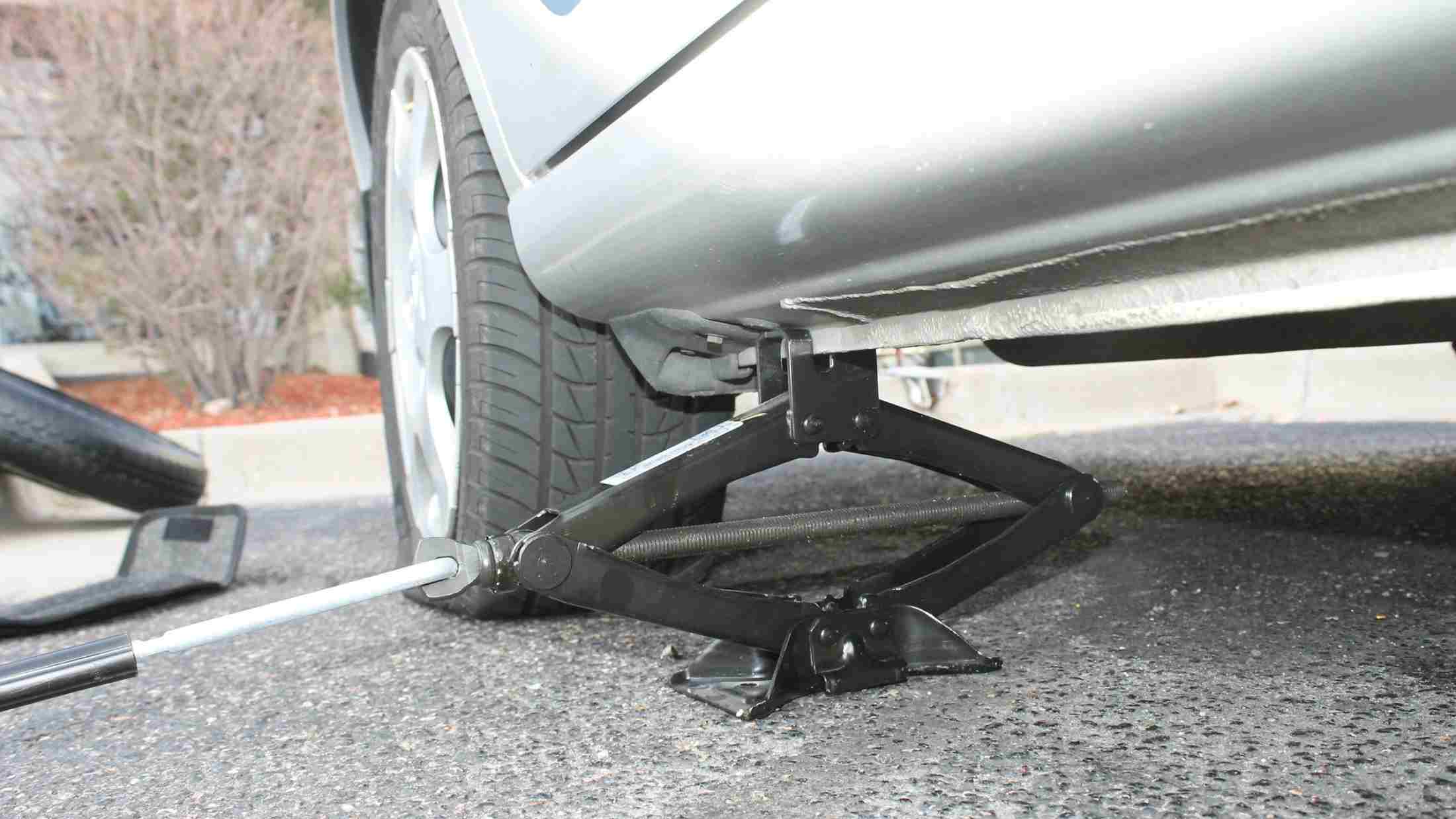Car windscreens weren’t always as strong as they are now. Manufacturers now use tougher materials for more recent car models.
Windscreens can shrug off stone chips and hailstorms in most cases. However, they still need care to prevent cracks or scratches that might need repair. In this article, we look at three key areas of car maintenance:
De-icing
Drivers will be familiar with attempting to scraping ice or snow off the car. Windscreens collect snow because they slope less than side windows. It’s essential to fully clear them before setting off.
The quality of de-icer sprays can vary. Generally, plastic trigger bottles are safer, as the spray is more resistant to wind. Always spray de-icer before using a scraper so the chemicals can set to work. Avoid using a credit card to scrape off the ice. Their sharp edges can scratch the glass.
Try to wear gloves for comfort and never pour hot water onto an icy window. Rapid temperature changes may crack the glass.
Wipers
Windscreen wipers are responsible for pushing water droplets off your windscreen. This causes wear and tear along the blade edges. Cracks caused by cold weather and scratches from dirt are common perils for wiper blades.
Wipers should be replaced once a year as part of regular vehicle maintenance. It’s also important not to prematurely damage the wipers by using them to sweep away hard debris. It’s best to lift the arms up so that the blade isn’t in direct contact with the windscreen.
Maintaining vision
A blocked windscreen is a safety risk and potentially a motoring offence. Having unobstructed vision is essential for safe and responsible driving.
The windscreen washer should be used regularly, so keep the reservoir topped up. However, you should never use the spray in sub-zero temperatures. Frozen washer fluid may damage the pump or cause cracks in the jet nozzles.
Keep a pack of screen wipes in your glove box. They're ideal for removing condensation or dust inside the windscreen. This can help to reduce glare.
Finally, it's best to get small scratches and chips repaired before they become a bigger issue. These could be identified in an MOT. any damage over 40mm in size (or 10mm if the damage is in the driver's direct line of vision) could result in a fail.
